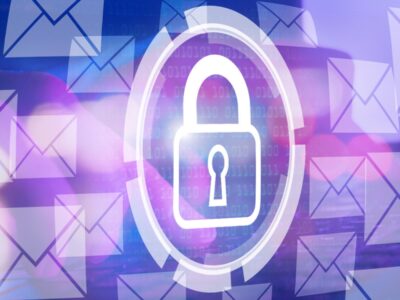| বাংলায় পড়ুন | Researchers and Reporters: Tanjil Fuad Anika Taieba |
A digital footprint: what is it?
Digital footprint is one of the most widely used terms in modern technology. However, what is meant by “digital footprint”? Our online activities are tracked by a data trail or information footprint. which we leave behind while engaging in different activities on the Internet. It is mostly the result of our technology activities and Internet use. For instance, we leave a digital footprint when we shop online, post on social media, or visit a website, which makes it simpler for algorithms to monitor or locate us later.
There are primarily two types of digital footprints:
- Active digital footprint: This is the result of our deliberate or personal actions. For instance, completing an online form, writing and sharing a blog on a website, or uploading a picture to Facebook.
- Passive digital footprint: Unbeknownst to us, a passive digital trace is produced. For example, when you turn on location on your mobile device, you use a website or application that displays your position.
What is a digital footprint and how does it play a role in online security and personal data protection? | Photo collected.
Why is a digital footprint important?
A digital footprint represents our identity, habits, and even our whole lives, not merely a collection of data. Since it is frequently perceived as a type of digital surveillance, it might be seen negatively. However, a digital footprint has become crucial in the age of digital technology. And why? It can be understood by looking at the following aspects: It directly pertains to the user’s security.
- Impact on professional life: Employers evaluate applicants’ internet presence in the current labor market. Your social media profile, comments, and shared content reflect your abilities and professional demeanor.
- Cybersecurity risks: Your digital footprint gives hackers access to your data. Risks including identity theft, bank account hacking, and social media account hacking may result from this.
- Maintaining privacy: In the digital age, excessive information sharing jeopardizes our privacy. Based on your social media activity, buying choices, and browsing data, businesses can create comprehensive impressions of you.
- Personal and social identity: Our internet presence serves as a reflection of our social identity and thinking. It may negatively affect one’s personal life if improperly handled.
Why is a digital footprint important, and what role does it play in cybersecurity and personal data protection? | Photo collected.
Domains of the Creation of Digital Footprints
Examples of digital footprints that we encounter daily include:
Web browsing: A digital footprint is created with each website visit, search engine query, and even ad click.
Social media: A digital footprint is produced when images are uploaded, shared, and commented on on Facebook, Instagram, or Twitter.
Online purchasing: All of your purchases and wish lists are saved in cookies.
Email and messaging: A digital recording mechanism is included in each email and communication, leaving a digital trace.
How can your digital footprint be protected?
To protect your digital footprint, you can take the following actions. As an illustration:
How to keep a digital footprint secure and the necessary steps to avoid cyber risks. | Photo collected.
- Update the privacy settings: Check the privacy settings on your social media accounts and other sites regularly. Just the information that is required should be shared.
- Clear your browsing history and cookies: Clear your browser’s cookies and history regularly to avoid digital fingerprints and online tracking.
- Employ a VPN: To safeguard your personal information when utilizing public Wi-Fi, use a virtual private network, or VPN.
- Make sure two-factor authentication is set up: Make your key accounts more secure by turning on two-factor authentication or two-way verification. Your account will be less vulnerable to hacking as a result.
Use secure passwords:
Make sure each account has a unique and complicated password. Keep them safe with a password manager.
Our digital footprint is an essential aspect of who we are. It impacts our future security and opportunities in addition to serving as a record of our actions. For this reason, we all must be aware of and manage our digital footprints properly. We cannot guarantee our privacy and security in the face of these digital world concerns unless we behave responsibly.




























Comments